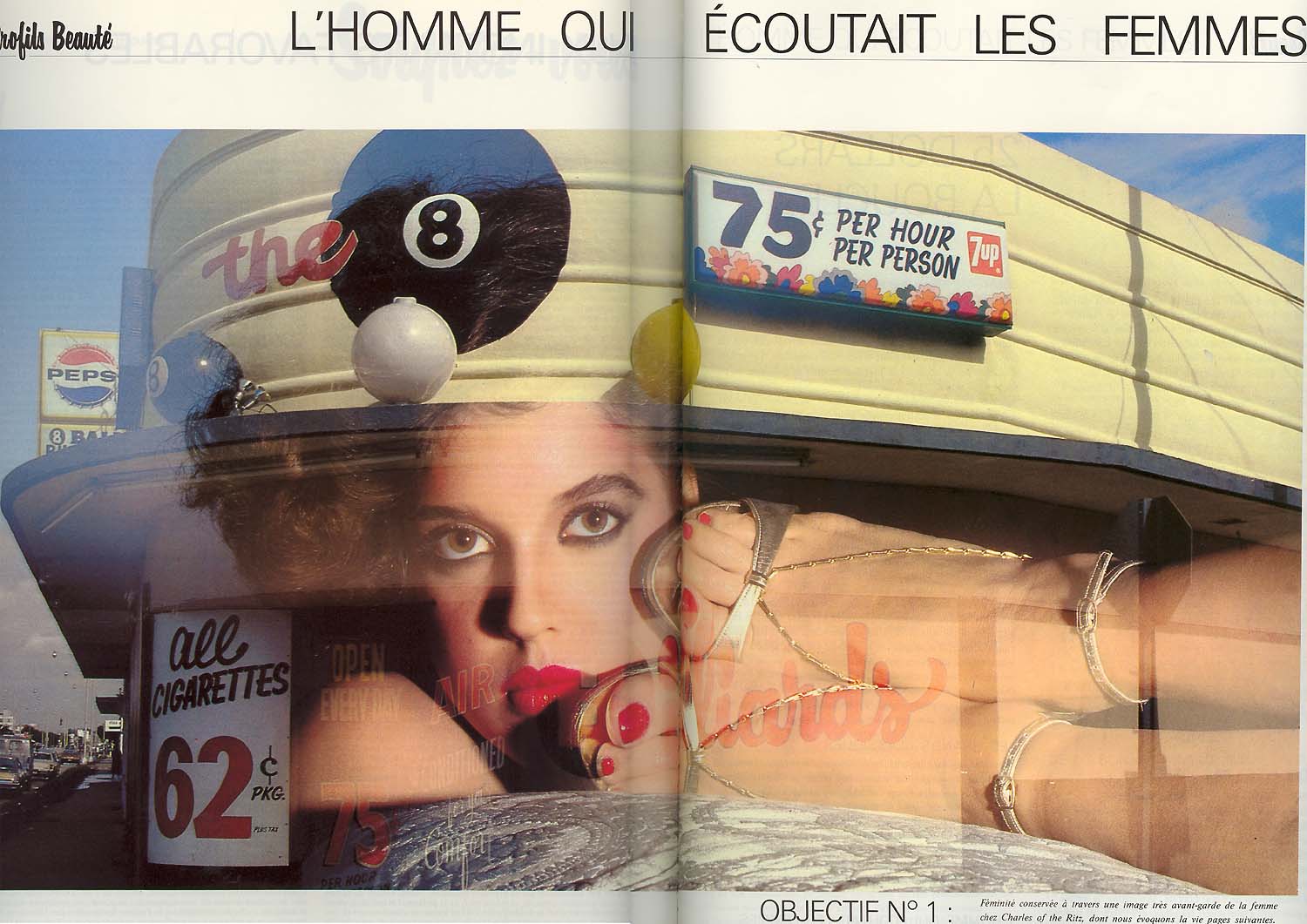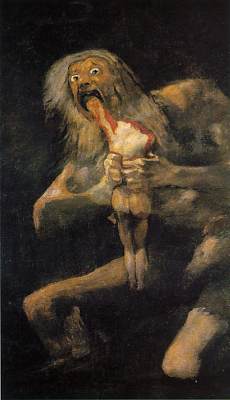|
January 26, 2004
Is this a postmodernist space that we inhabit?

Is this a world without guarantees now that the master narratives have collapsed under their own weight, gone underground and become part of our political unconscious?
The idea of a mediascape means that we live within or inhabit a world of visual signs that enframe our world. These signs are not only in books, films, exhibitions or television. They are also on the billboards as we walk or drive around around the city.
Often we are not conscious of these signs. Nor do we stop to read them critically read them as we would a newspaper or television. But they effect us and they help shape our visual culture.
Most of the emphasis in cultural studies in the university has been in overcoming the old modernist division betwen high and low culture, and highlighting the active and critical way we read the signs produced by the cultural industry. As Jean Burgess over at Creativity Machine says in describing her PhD project:
"Mass culture theory, whose influence persists, attributes little agency, creativity, or even individuality to the �consumers� who are held to be the receivers of a standardized and homogenous mass-popular culture. Even in cultural studies, theories of the popular in relation to media (with the previously mentioned exception of fan culture, and also gaming) are predicated on a divide between the production of content and its eventual consumption�however �active� that consumption is thought to be."
So a cultural studies theorist such as Catherine Lumby would contest cultural elitism and its traditional demonising of mass culture; give an account of the reader's interpretation of the art object (eg., ethical conflicts in reality TV); and argue that today's products of the culture industry (eg.,reality TV) is the heir of Shakespeare, that popular Elizabethean bard.
Two quick points. First, after rejecting the old cultural lament about the evil effects of "popular culture", criticism in cultural studies becomes an act of reading by divided and unstable subjects, who seek aesthetic enjoyment in the signs produced by the culture industry. This aesthetic hedonism takes a subjectivist approach, which locates aesthetic quality in the effect a work of art has on the viewer, rather than in the artistic object. However, the cultural studies assumption that reception is everything is questionable, as there is more to the culture industry that what effect it has on people as reading consumers.
Secondly, though we do need to learn our way around the new mediascape of consumer culture we should question we should remember the truth content of a work of art in the process: what is true and false in what it says:

Goya, Saturn [devouring his sons] from the Black Paintings, circa 1820
The father as devourer.
|

Well, yes, but my own critiques of cultural studies are in response to the literary-influenced strands of it that put texts at the centre of everything in the first place - never mind what the "effects" of such texts are said to be, or how active their "readers" are. I came into the field wanting to know how culture *works* - and textuality is a particular way of framing what culture is, but it isn't the only way (well, hello! shout the anthropologists, cultural sociologists, historians, ethnomusicologists...);)
So in my current work I'm more interested in how and why people make and use culture, and not how they respond to "texts". That "everything is a text to be read" business isn't my bag, and although i can't speak for Catherine Lumby, I know that she is interested in *uses* of culture too. But yes, in postmodernity there are signs everywhere. Most of us have now grown up with that, and almost all of us have a high level of meta-awareness of mediation, so much so that it is actually quite difficult now to mount an argument about the mass media "affecting" the masses in any direct way. Things are much more complex, dynamic and interactive than that.
Which brings me to my second point - I think the reification of pleasure for the sake of it (or pleasure in the place of politics) that you point to is actually pretty old-fashioned in cultural studies these days. There is a difference between hedonistic pleasures and those gained from participating in the working out of some ethical conflict (e.g. through watching Big Brother), or in the working out of how to define talent and cultural value in the context of the pop music industry (Australian Idol). I think to reduce everything to "cheap thrills" is analogous to reducing art appreciation to "snobbery".